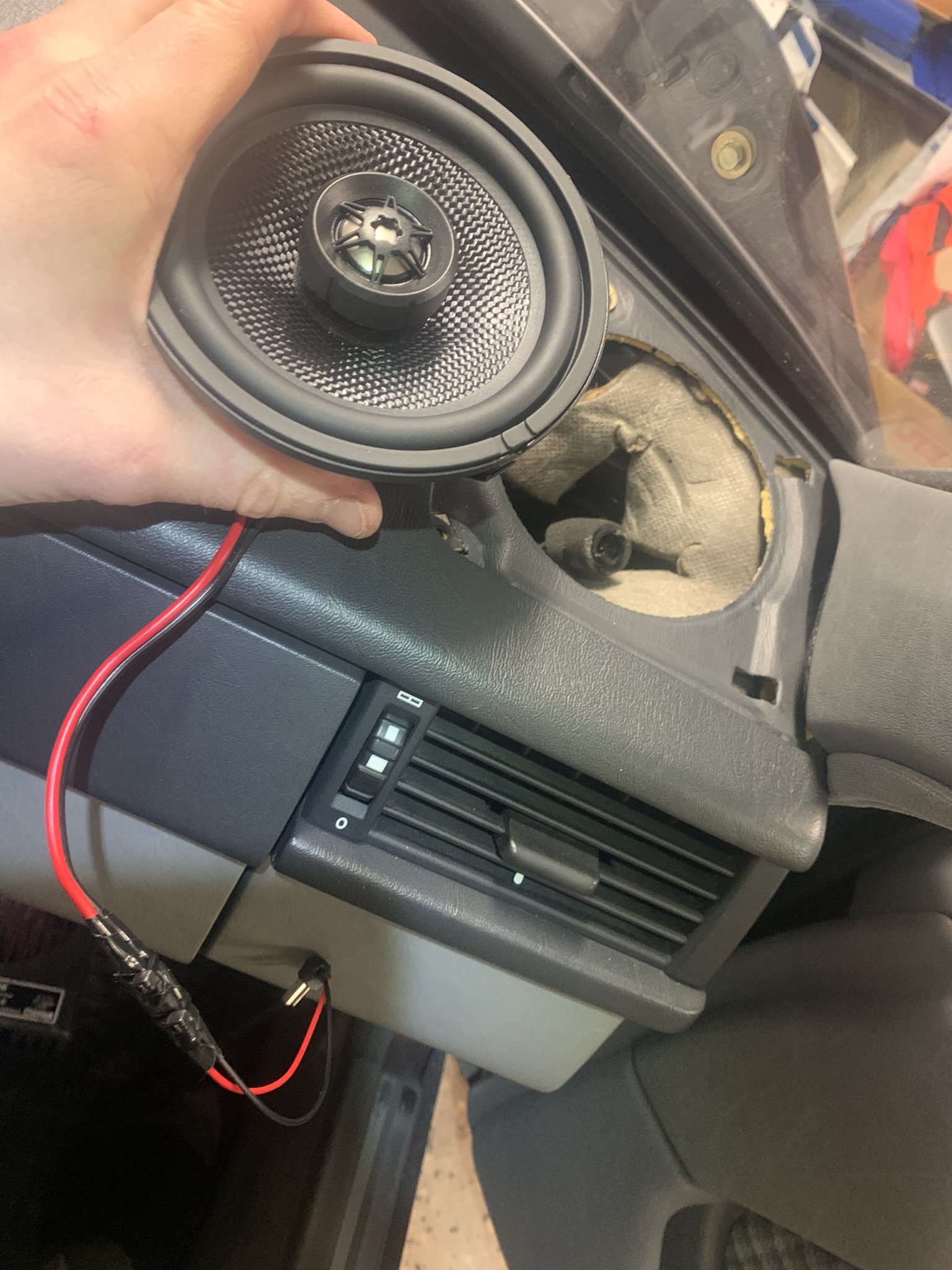Execution is never a waste of time
I was rather satisfied after my first car audio installation last week including a new head unit with new front and rear speakers. But the joy was short-lived. Now, I have pulled out all the speakers again, to start all over. Somewhat frustrating yes, but on the other hand, it is practically impossible to get something right on the first try. As soon as I was finished with the project, I had learned so much that a teardown and rebuild was the only rational thing to do.
Time is scarce when engaging in leisure projects like these. That’s why I did my best to follow the “done is better than perfect” mantra, which often is an extremely wise thing to do. When working on the old car, I did not really know what to expect when the inside of the car becomes exposed. This is very similar to civil engineering projects involving old buildings. We do not know the exact details of how the building was designed or erected. That makes it very difficult to proceed with the design without a field test to get some practical data. It is simple not possible to design an old building renovation project perfectly because the input data is lacking. And that’s exactly how I felt with my car audio installation in an old car. I also needed some kind of field test, which in my case meant installing all the stuff into the car.
At first, I was just planning to do this project “quick and dirty”. New working loudspeakers and a head unit with Bluetooth would get the job done. And then my personality traits kicked in. I could not stand the nagging feeling and knowing that the loudspeaker cables were not up to spec for future upgrades or loud volumes. I guess I got “Ebayd” or what you would call it. I bought a kit with “plug and play” loudspeakers and all the necessary cable adapters and mounting hardware. The speakers were very nice for the price, so I do not have any complaints there. The cable adaptors however, were pathetic. On one end you have the old DIN-type connector that is common in old cars and in the other end you had flat crimp connectors that were supposed to connect to the speaker terminals. Except that they were the wrong size. Totally useless. I cut them and crimped the proper flat connectors and even added around 15 cm of extra cable to get some more installation flexibility. But the cable on the adators was the big problem. They were a lot thinner than even the factory original loudspeakers and not at all suitable for higher currents. I did not think much about it at the time when installing because I naively thought that they must be appropriate when you buy it as a kit. But no…
The second disappointment was the speaker rings to make a modern and slightly smaller loudspeaker fit in the original holes in the rear. The OEM speakers have a somewhat larger diameter and are of an odd size. The rings did indeed fit to the car. But the loudspeakers could not be fitted to the rings. And note; all this hardware was sold as a plug and play kit to me. I had to go and buy some outdoor UV and temperature safe double-sided tape and ended up taping the loudspeakers to the rings. Very stupid. But anyway, I got it all working in the end and everything seems to do the job good enough.
I have been working hard with myself to just let imperfect things slide, and I have improved a lot in that regard in the past years. But these stupid loudspeaker cables are a red line. One should never take risks with running more Amperes through any cable than what they are rated at. That’s how things melt or even catch fire. Something that obviously never should be allowed in a car. Also, when considering how much easier it is to rework the cable installation now when most panels already are removed, and the price increase for thicker gauge cables is negligible, it becomes a no-brainer.
Was it a waste of time to first do the installation and then rip it out again? No, absolutely not! It was worth every minute. I know have much more experience with soldering and crimping, which means that the installation will now be 10X slicker and more correct. Because honestly, when working on a W124 I feel that I must honour the German engineering that went into this masterpiece of a car.
And as previously stated; it is impossible to know beforehand what the correct solution to a problem is if input data is lacking. Consequently, “Done is better than perfect” still holds. Because now I know exactly how I should have done the installation the first time around.
